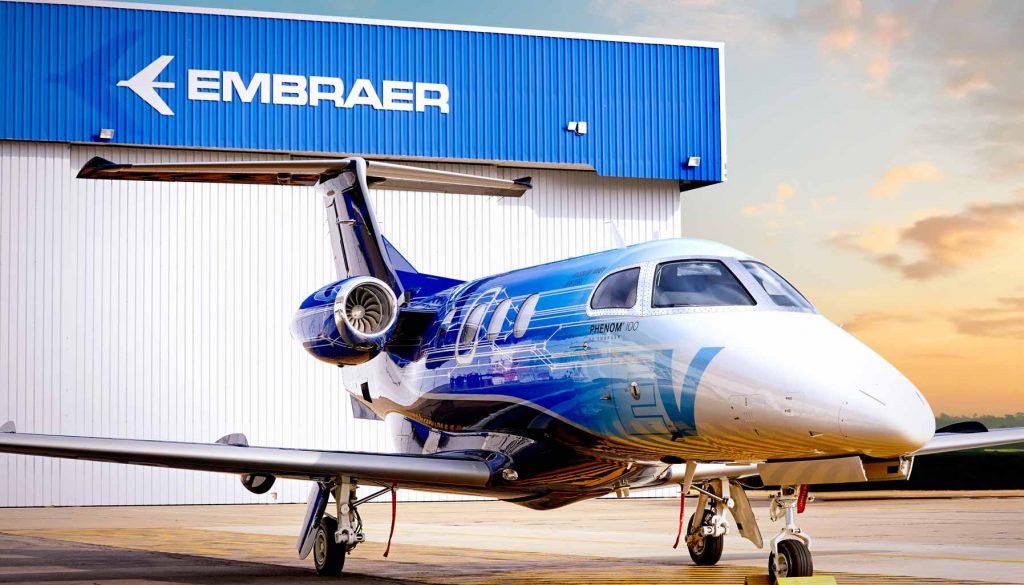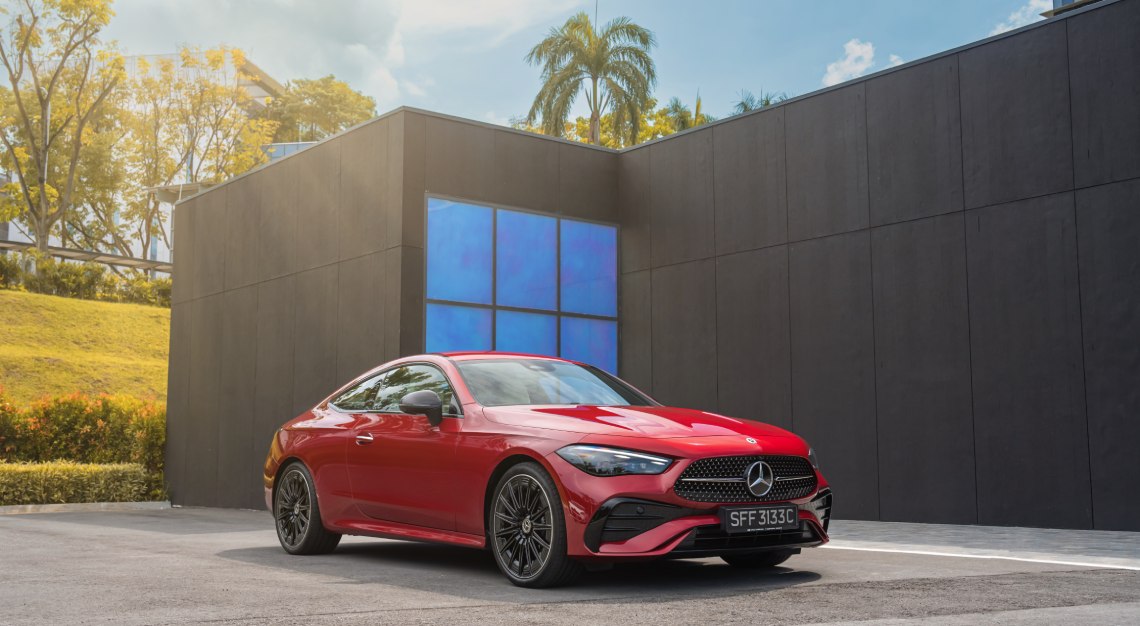Taking Flight
Embraer is nearly 50 years old and has a reputation for making military and commercial aircraft, but the Brazilian manufacturer only entered the private jet market at the turn of the millennium, with a repurposed version of its ERJ regional jet.
Despite Embraer’s experience in building aircraft, private jets are completely different from commercial airliners, particularly in the aircraft’s interior. Embraer’s vice president of sales for the Middle East and Asia-Pacific, Claudio Camelier would know – he’s been with Embraer for nearly 20 years. In that time, he’s shuttled back and forth between commercial and executive aviation, working in a variety of roles from customer support, sales engineering and product strategy.
According to Camelier, “The level of finishing expected (in a business jet) is completely different and it’s a very important aspect. In the early years, we partnered BMW Designworks for cabin design in the Phenom 100 and 300, and for the Legacy 450 and 500. This allowed us to quickly learn customer requirements. Today, we develop in-house design capabilities with our facility in Florida, and we’re really at the top in that regard.”
However, the fact remains that despite its success in commercial and defence aviation, Embraer remains a new name in executive aviation and raising brand awareness is a challenge, Camelier says. However, he also sees it as an opportunity.
“If you look at mobile phones, once big names like Motorola are no longer in the industry in a significant way, but names like Apple and Samsung are. Being new in the market allows us to be innovative in our products,” he says.
To be sure, Embraer is no stranger to challenging environments. Its last major product expansion, entailing millions of dollars invested in R&D, occurred in 2008, around the time of the last major global economic downturn.

Camelier is keen to stress that that was money well spent. “We’ve invested millions in state-of-the-art airplanes that are more efficient, more comfortable and even better- looking than our competitors. Since customers are now more discerning about what they’re buying, this extremely competitive market is an advantage for Embraer.”
On the topic of challenging markets, the Asia-Pacific appetite for private jets is growing, but “at a slower rate now”, says Camelier, though the bigger hurdle is that there isn’t a strong culture of private aviation in this region. As for why exactly, Camelier suggests that a private jet is viewed as a bit of a toy here.
“Let’s say someone becomes very rich, and the first thing they do is buy a yacht and a jet to show off. But the majority of business jet users – and that’s why they’re called business jets – use them to be more efficient. They don’t have to be restricted to airline schedules, they can fly directly to where they want to go and they only need to be at the airport 15 minutes before departure.
“Time is money, so a business jet is a money maker,” quips Camelier.
He does, however, admit that a private jet isn’t for everybody. He says it must make sense for a potential buyer – they must travel frequently, and even then, to destinations not well served by commercial airlines.
Whether busy, time-strapped executives in the region will see the light, as it were, is something that won’t happen overnight, says Camelier.
And that constant striving might very well be an apt metaphor for Embraer.
That’s helped along by what Camelier says is the biggest lessons he’s taken away from his two decades at the Brazilian manufacturer. “Listen to your customers. They have a lot of important things to tell you. When you start ignoring them and you do things that you believe are right when your customers are telling you otherwise, that’s not a clever idea.”









